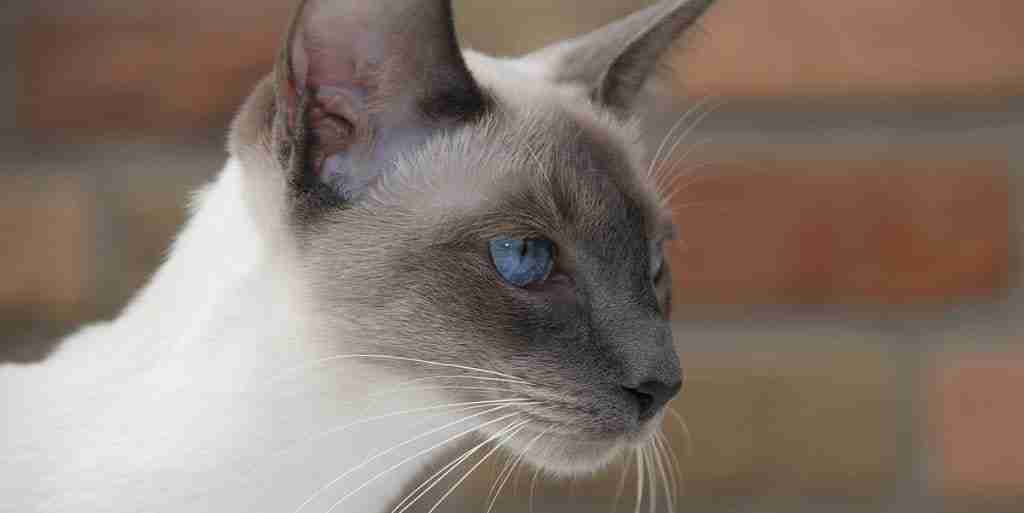If you are looking for cat breeds that don’t shed then the chances are you are either allergic to cats or you simply don’t like hair build up on your couch, bed, clothes, or just about everywhere around the home!
If this sounds like you then you basically have two choices – opt for a hairless cat that simply doesn’t have so much fur to shed in the first place or go for a cat that has a reputation for shedding less frequently and in less volume than cats of other breeds. Unfortunately, all cats shed!
For those of you that are allergic to cats, whether and how much your cat sheds is just part of the problem! Your allergic reaction stems from coming into contact with a protein in the cat’s saliva and dander. A cat that sheds less is definitely going to be beneficial for you – but you also want to consider cats that don’t produce the offending protein as well as shedding less.
We have a fine selection of cats that fit the bill no matter whether you need a cat that sheds less to avoid allergic reaction or just because you don’t want to deal with the clean-up. Check them out :
Sphynx
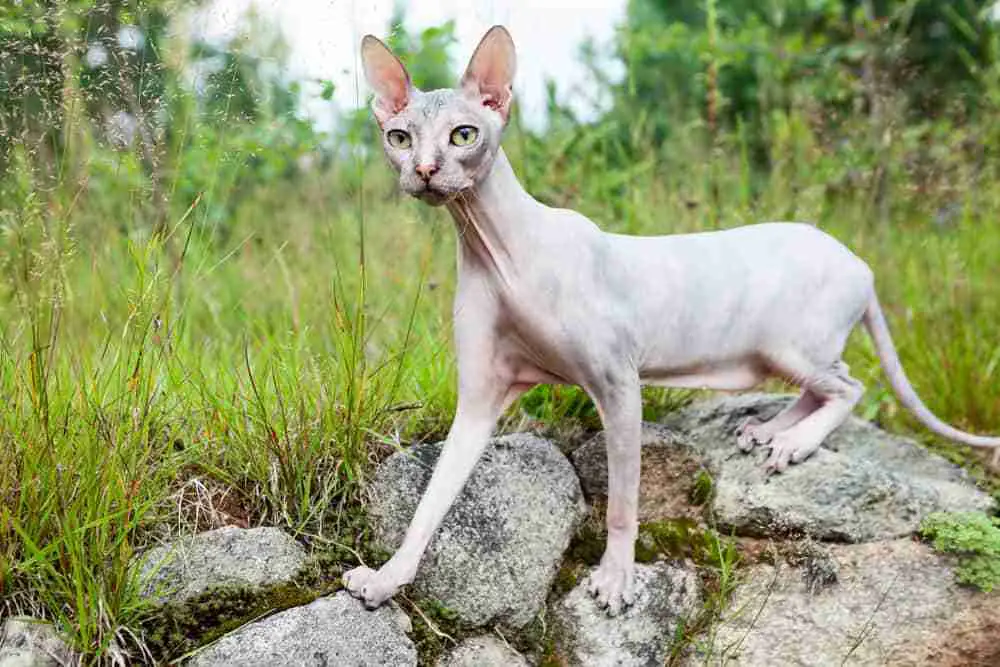
The most famous hairless breed of cat in the world! Instantly recognizable due to its complete lack of fur. If you want a cat that does not shed then this is the number one choice. It simply has nothing to shed.
However, owning a sphynx comes with a different set of problems. To avoid skin problems this little cutie is going to need regular bathing on a weekly basis. Live in a sunny climate? Break out the sunscreen because this cat is going to need your help.
The sphynx is one of the most affectionate and social cats about and is often said to be almost dog-like in its devotion to its owner. If you are allergic to cats then this may not be so beneficial. The sphynx still produces the Fel D 1 protein in its skin so handling your cat may still produce a reaction – but if it is a hairless environment you want then the sphynx is a great choice!
Devon Rex
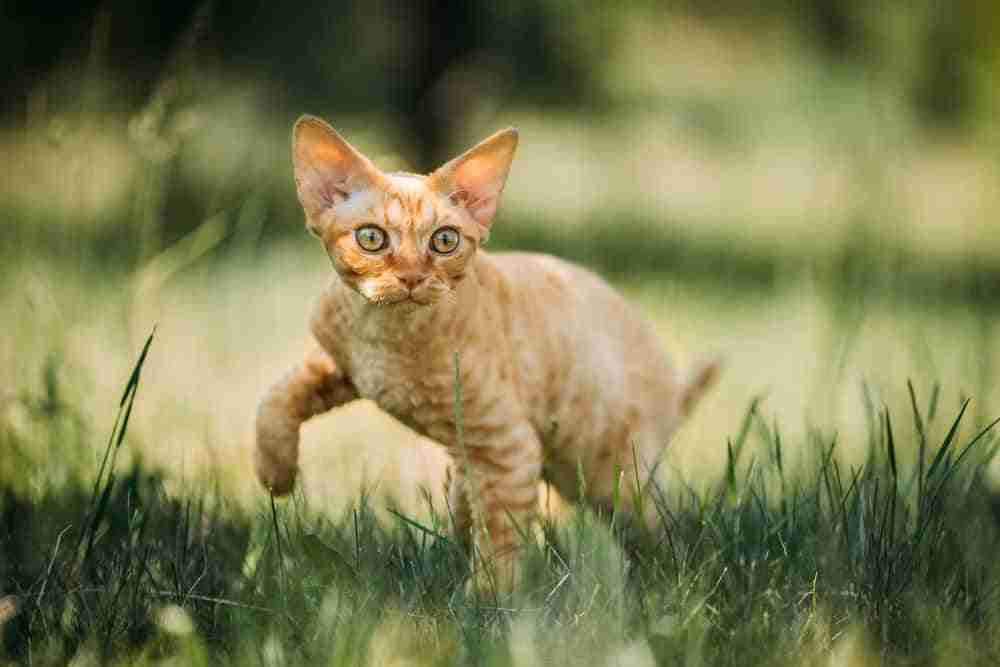
The devon rex is another eye-catching breed of cat, although not quite as eye-catching as the sphynx! The Devon has been around since the 1950s and is identifiable by their large ears, triangular face, athletic body, and short, wavy, or curly-haired coat.
Why is it on this list? The fur of the devon rex is short and very fine when compared to other cats so when they shed it is not as noticeable. Additionally, they are known to be “mild” shedders, simply shedding in less abundance than many other breeds. They tend to shed at two distinct times of the year, at the end of spring and the end of autumn as their coat changes to cope with the seasons. The rest of the year they may lose the odd hair here and there but not in noticeable quantities. The combined effect of mild shedding and fur that is ultra-short and fine earn this cat a place on the list!
If allergies are your concern then I’m afraid to say you can still get a reaction to the devon rex. It has not been identified as one of the cats with low volumes of Fel d 1 in their dander or saliva, their saving grace is the two distinct molting periods…
Siamese

A number of cats that originate in hot climates tend to have very short coats. Additionally, many do not have molting periods like cats subjected to colder climates. One of the most famous of such cats and one of the oldest pedigree breeds is the siamese.
The Siamese cat has a fairly short and fine coat which does not shed to the same degree as other domestic cats.
The other good news is that the Siamese cat breed does not produce as much Fel D 1 protein as other cats.
Now, we are not saying that the siamese is a hypoallergenic cat, what we are saying is that allergy sufferers tend to do well with Siamese cats due to the reduced amount of offending protein and dander and the greatly reduced shedding.
If you want a cat that sheds less than others then the siamese makes a great choice.
Additionally, these cats make great pets. They are available in a number of interesting coat color variations such as flame point, lilac point, lynx point, blue point coats and are renowned for their intelligence and social activity with their owners and families.
Burmese
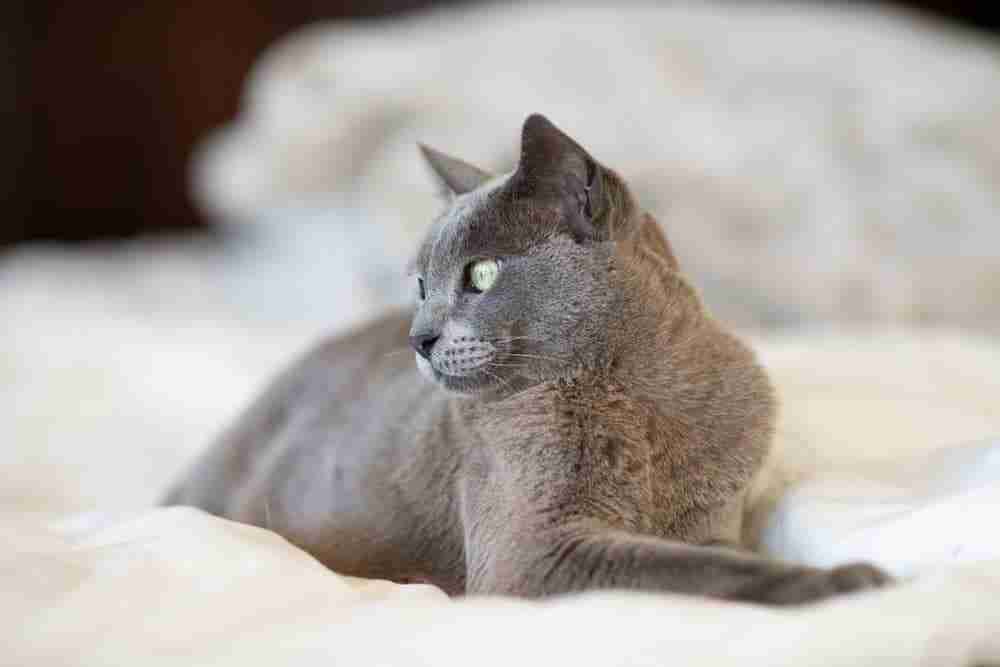
The Burmese cat breed is thought to originally share genetic ancestry with the siamese cat breed. The original Burmese cats were probably actually chocolate-colored siamese cats.
Today, Burmese cats in America originate from a single cat born in Burma in the 1930s that has then been bred with American Siamese cats. Burmese cats in Europe also originate from the same cat but have been bred with British shorthair cats and redpoint siamese cats.
Either way, you are getting a lot of siamese genes in a modern Burmese cat, and as you might expect they share a lot of characteristics with the siamese. The most obvious characteristics for our purposes are that they have a short, fine coat that is considered to be one of the least shedding of all cats. Good news for us!
They do shed but in very small amounts and the short, fine hairs are barely noticeable around the home. In fact, it is said that if you notice a Burmese shedding, then they have a problem that needs veterinary help!
What about Fel D 1? Like the Siamese cat, the Burmese produce less Fel D1 excretions than many other cat breeds. This, coupled with the low amount of shedding and the low maintenance coat mean that Burmese cats are easier to live with than other cats if you have cat allergies. That does not mean they are hypoallergenic – just that they are considerably easier to live with than other cats.
Burmese cats, unlike Siamese, tend not to be colorpoint cats. They have a similar build and personality but usually come full color – sable, fawn, and gray and the most common colors.
Bengal
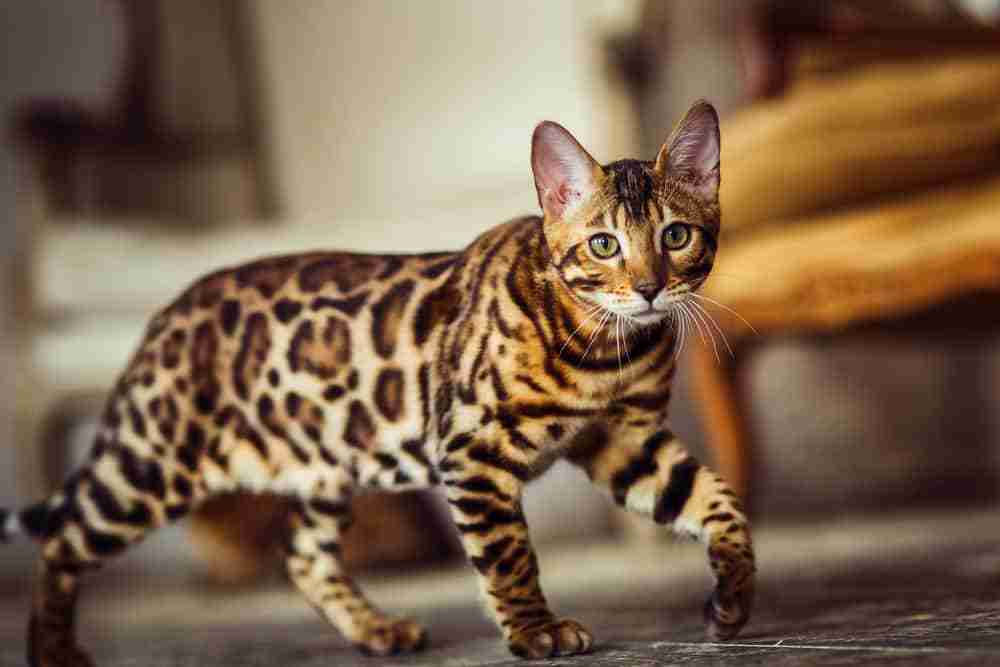
The Bengal cat breed has a very distinctive mottled coat reminiscent of wild jungle cats. They are a relatively modern breed descended from Asian leopard cats and Egyptian Mau cats.
High energy, incredibly social, intelligent, playful, able to get on with other household pets, child friendly, and with a distinctive coat – it is easy to see why they are so popular. But they are also house friendly shall we say?
Their coat is a single coat, made of very short, silky fur. This means they don’t shed as much as double-coated cats. Additionally, the short silky fur is relatively maintenance-free for the cat so they do not spend as much time grooming as other cats. The upshot of this is that there is less dander, hair, and saliva-coated in the objectionable protein on their fur and floating around their surroundings.
This has given them a reputation as being good cats to have if you suffer allergies but also notably, they shed very little which is good if you don’t want your clothing covered in cat hair!
Bombay

If you are into black cats then the Bombay cat has probably attracted your attention. The Bombay is a mixed breed of cat arising from a mating between an American Shorthair cat and a Burmese cat.
They come in one color, black, and their coat is short to mid-length, smooth, and doesn’t require much grooming. The problem here is that Bombay cats can vary depending on which genes are most dominant. If the Burmese genes run strong the Bombay is a low shedding cat. If the American Shorthair genes are dominant then they remain low shedding but not as low shedding as the Burmese variant.
Additionally, deep down they are carrying siamese genes – so if you have a Bombay cat with stronger Burmese genetics you are also likely to get some of the benefits of a siamese cat – less Fel d 1 protein.
Personality-wise, Bombays are friendly and affectionate, smart, love to jump up on laps and demand attention, and have a tendency to sit looking out of windows if given the chance. If a black cat is your thing the Bombay is the lowest shedding choice!
What Do We Think?
It really comes down to what you want from a cat. Personally, the hairless cats are not my cup of tea, I don’t fancy the weekly bath, but I can appreciate why they are popular. The Bengal is a great choice in a lively household with children and other pets but might be easily bored if living in an apartment and left alone for periods. The Siamese and Burmese would be my first choices from the point of view of lifestyle, shedding, and allergies, and then it would probably be down to color options. What do you think of these great non and low-shedding cats? Which would suit your home best?
